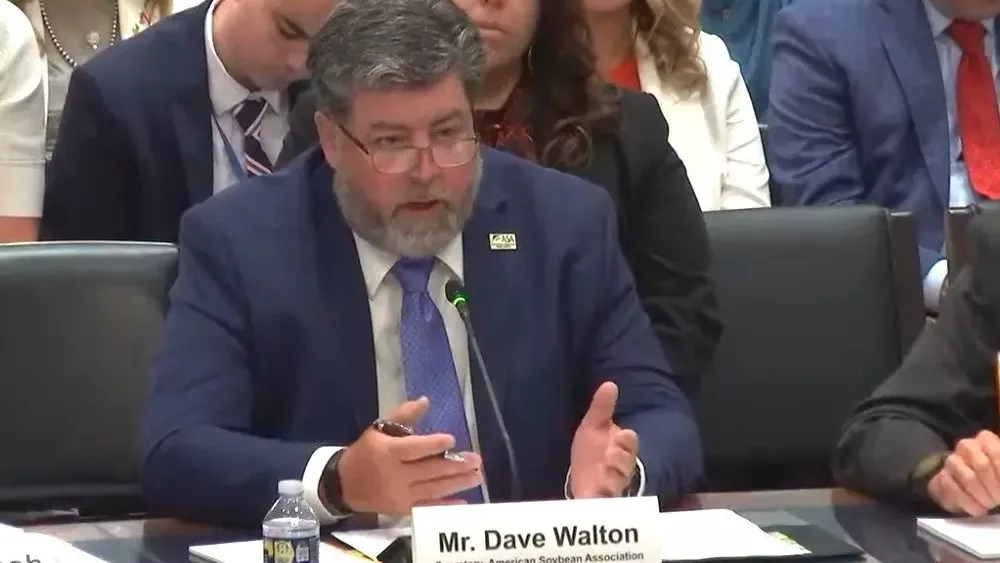
The Michigan Ag Today Spud Spot is made possible by Sipcam Agro USA.
There are a whole host of post-harvest potato diseases and pathogens.
“There’s bacterial soft rot, fusarium dry rot, general blemish diseases which cause superficial damage making tubers less marketable, and foliar diseases like late blight where they can infect and overwinter on tubers and affect the [next season’s crop],” said Emma Schlachter, a graduate student at MSU in the Potato and Sugar Beet Pathology Program.
Schlachter is researching how to manage post-harvest potato diseases and pathogens in Michigan potatoes. Her research shows there’s a lot of factors that affect disease progression in storage.
“A major part of that is the growing season,” she said. “Really wet conditions or lower areas in fields can lead to an accumulation of moisture on the tubers which can increase that susceptibility.”
Excess moisture before harvest and during storage can also promote post-harvest disease, as humid conditions are favorable for both pathogen and disease development.
“Having rain before harvesting can really increase the chance of infection,” said Schlachter. “When it’s hot outside, that can also increase the risk of infection. The temperatures should be cool [so] that the potato’s temperature isn’t high enough to cause increased respiration once the potatoes enter storage. [That] respiration can increase condensation which creates moisture in the storages.”
Schlachter added that the most important thing to prevent storage diseases is to make sure harvest conditions are ideal and time your vine kill about two to three weeks before harvest.
“This makes it so the tubers begin to suberize, so their skin hardens and they become less susceptible to mechanical damage,” she said. “[That] can create openings that pathogens can come into.”
She’s still in the middle of research, but Schlachter’s data is showing a relationship between weather, damage, and disease progression in storage.






